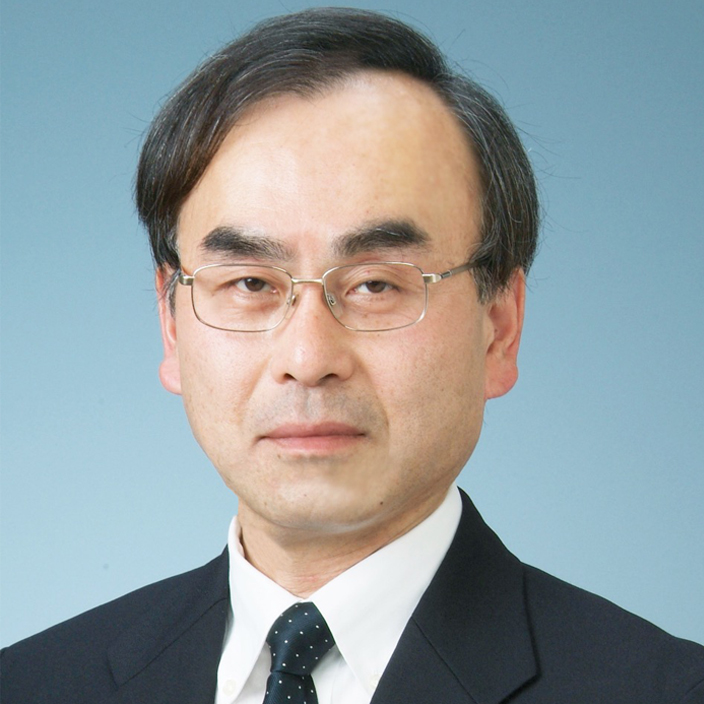
In 1995 Mitsuo Sawamoto and Krzysztof Matyjaszewski advanced the world of polymer chemistry when they independently developed a new method to synthesize polymers—metal-catalyzed, living, controlled radical polymerization. This groundbreaking technique grants scientists unprecedented precision and versatility in their ability to control polymer synthesis, allowing the creation of improved coatings, dispersants, and composites with a wide range of commercial, biomedical, and environmental applications.
When scientists knit molecules together, they create polymers—long, stringy molecules typically manufactured into plastics. To synthesize a polymer, chemists begin with the individual molecules, known as monomers, that will form the polymer chain. Chemists mix the monomer with another molecule called a free radical initiator. The free radical is wildly reactive because it is missing one electron from an electron pair. In the free radical’s continual search for an electron, it will snatch one from a monomer and start a chain reaction of monomers linking together to alleviate their induced electron deficiencies. This process is aptly named “radical polymerization,” but the mechanism—responsible for ethylene, styrene, and vinyl chloride polymers—has its limitations. The freewheeling free radical links and caps monomers without restraint, so the resulting polymer has an unpredictable molecular weight and an architecture limited to long chains. Scientists needed a way to constrain the free radical’s reactivity; Matyjaszewski and Sawamoto’s development provided the tool.
With their method, Matyjaszewski and Sawamoto introduced a radical suppressant, a deactivator, to keep radical concentrations low, allowing chemists to control polymer reactions while also producing what is known as a living polymer. The term “living polymer” means that the end of a polymer chain can be put back to work even after the reaction has stopped. Reactivating the end of a chain lets a scientist affect the size and composition of the polymer. This control, coupled with special initiators in precise structures, allows new flexibility in polymer topography. Polymers can now be achieved in a wide range of shapes and textures, for example, stretching from a central point like a star or extending off of a backbone like a brush.
Krzysztof Matyjaszewski has been a professor at Carnegie Mellon University since 1985, where he is currently the J.C. Warner Professor of Natural Sciences and director of the Center for Macromolecular Engineering. He joined the faculty at CMU after completing his Ph.D. nearly a decade earlier at the Polish Academy of Sciences in Lodz, Poland and a series of research positions in Poland, France, and the U.S. Along with his research interests in living, controlled radical polymerization, he works on catalysis, environmental chemistry, and the synthesis of advanced materials for optoelectronic and biomedical applications. In 2001 he founded the Controlled Radical Polymerization Consortium to expedite the transfer of CRP research knowledge from academia to industry.
Matyjaszewski has received numerous awards, including the Dreyfus Prize in the Chemical Sciences, the Société Chimique de France Prize, the Wolf Prize in Chemistry, the Gutenberg Award from the University of Mainz in Germany, the Presidential Green Chemistry Challenge Award, the Macro Group UK Medal from the Royal Society of Chemistry and the Society of Chemical Industry, the Prize of the Foundation of Polish Science in Chemical and Material Sciences, and many acknowledgements from the American Chemical Society.
Mitsuo Sawamoto earned his undergraduate and doctorate degrees from Kyoto University in Japan in 1974 and 1979, respectively. In 1981, after a one-year postdoctoral appointment at the Institute of Polymer Science at the University of Akron, he returned to Kyoto University as a faculty member in the Department of Polymer Chemistry. Sawamoto has been an active member of the polymer science community ever since, developing novel types of living polymerizations.
Sawamoto is an editor for the Journal of Polymer Science and an executive member of the Science Council of Japan. From 2007 to 2011, he served as project leader of the International Center for Integrated Research and Advanced Education in Materials Science for the Kyoto University Global Center of Excellence. He is the recipient of the Alexander von Humboldt Research Award, the Japan Medal of Honor with Purple Ribbon, the Macro Group UK Medal from the Royal Society of Chemistry and the Society of Chemical Industry, the American Chemical Society’s Arthur K. Doolittle Award, and the Japanese Society of Polymer Science Award.
In recognition of the achievements of both scientists, Sawamoto and Matyjaszewski were jointly recognized with the Japan National Institute of Materials Science Award in 2014.
Matyjaszewski and Sawamoto contributed invaluable knowledge to polymer chemistry research with their nearly simultaneous reporting of the metal-catalyzed, living, controlled radical polymerization process. This method has since been expanded and combined with other types of chemistry to control the size, shape, and surface features of polymers. Customizing polymers in this way is helping improve drug delivery methods and solar power materials, and it is launching a new field focused on incorporating natural components with synthetic polymers. Imagining all of these new chemistries is possible because of the groundbreaking research performed by Matyjaszewski and Sawamoto.
Information as of April 1, 2017

